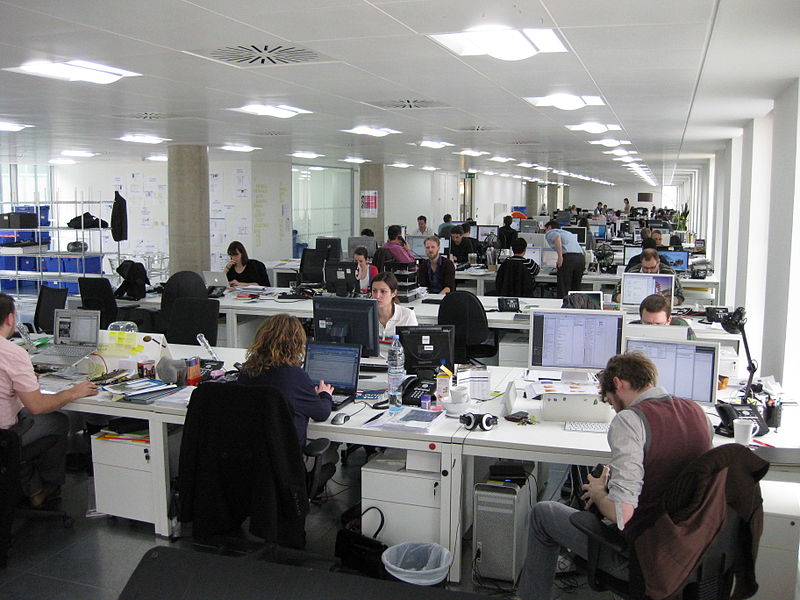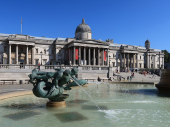
New data reveals a concerning trend in the UK job market, with unemployment on the rise and signs of economic stagnation.
The unemployment rate climbed to 4.2% between December and February, marking a notable increase from 3.9% in the previous three-month period ending in January. Concurrently, the employment rate saw a slight decline, and there was a marginal uptick in the number of economically inactive individuals—those neither employed nor actively seeking work.
The Office for National Statistics noted "tentative signs" of a cooling jobs market, signaling potential challenges ahead.
Additionally, wage growth experienced a slight dip during this period.
Economists speculate about the timing of potential interest rate cuts by the Bank of England, which currently stands at 5.25%, the highest in 16 years. Paul Dales, Chief UK Economist at Capital Economics, suggested that the declining employment figures might pave the way for a rate cut in June, anticipating further easing in wage growth.
Yael Selfin, Chief Economist at KPMG UK, echoed similar sentiments, indicating that the softening labor market could prompt the Bank to consider a rate cut during the summer months.
These developments underscore the need for policy adjustments to address the challenges faced by the workforce, including potential changes to universal credit to better support individuals affected by sickness and other barriers to employment. Photo by Phil Whitehouse, Wikimedia commons.



































